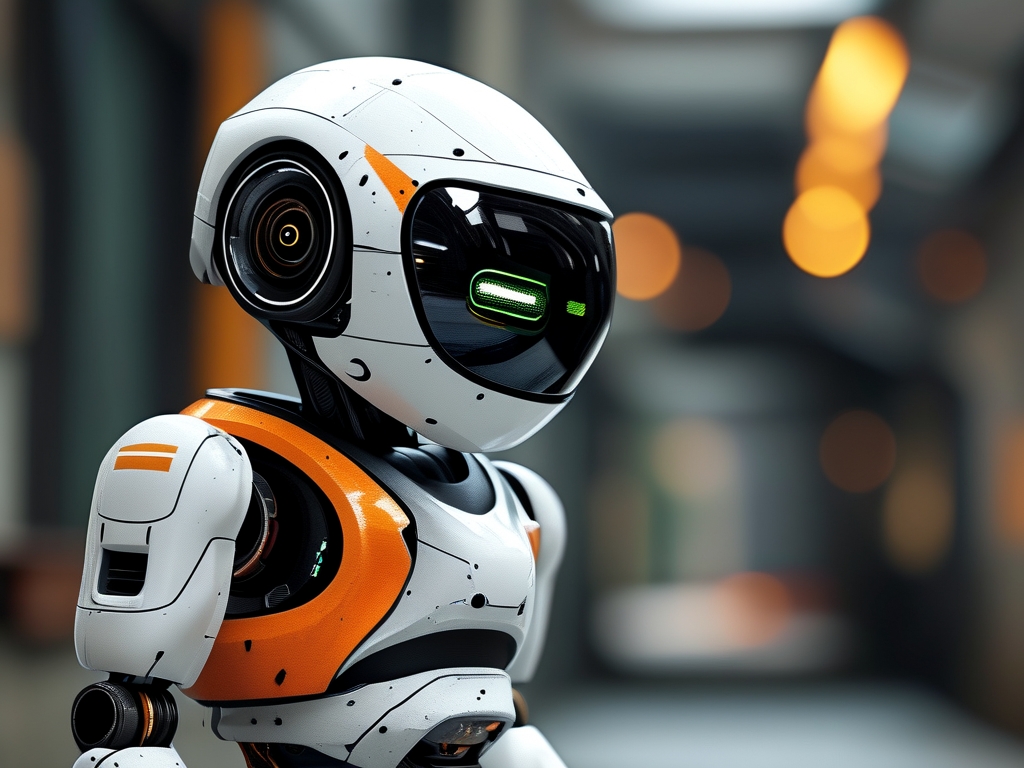The field of robotics combines hardware engineering, software development, and artificial intelligence to create machines capable of performing complex tasks. While formal education in robotics is valuable, self-training has become increasingly accessible thanks to open-source tools, online resources, and affordable hardware. This guide outlines a practical roadmap for aspiring robotics enthusiasts to build skills independently.

1. Lay the Foundation
Start by understanding core concepts:
- Mathematics: Focus on linear algebra, calculus, and probability theory. These underpin robot kinematics and sensor data processing.
- Programming: Learn Python for scripting and prototyping, followed by C++ for performance-critical applications.
- Electronics: Study circuit design, microcontrollers (e.g., Arduino, Raspberry Pi), and sensor integration.
Free resources like Khan Academy, Coursera’s “Robotics Specialization,” and textbooks like Modern Robotics by Kevin Lynch provide structured learning.
2. Choose Your Tools
Select platforms aligned with your goals:
- Simulators: Tools like Gazebo, CoppeliaSim, and Webots allow testing algorithms without physical hardware.
- Robotics Kits: Beginner-friendly options include LEGO Mindstorms or TurtleBot. For advanced projects, consider building custom robots using ROS (Robot Operating System).
- Open-Source Libraries: Leverage frameworks like OpenCV for computer vision or PyTorch for machine learning integration.
3. Start Small: Hands-On Projects
Apply theory through incremental projects:
- Project 1: Build a line-following robot using infrared sensors and PID control.
- Project 2: Program a robotic arm to perform pick-and-place tasks with inverse kinematics.
- Project 3: Implement SLAM (Simultaneous Localization and Mapping) on a mobile robot.
Document your work on platforms like GitHub or YouTube to track progress and gather feedback.
4. Dive into Robot Autonomy
Autonomous systems require mastering:
- Sensor Fusion: Combine data from LiDAR, cameras, and IMUs for environmental awareness.
- Path Planning: Experiment with algorithms like A* or RRT (Rapidly Exploring Random Tree).
- Machine Learning: Train neural networks for object detection or reinforcement learning for decision-making.
Online competitions like RoboCup or NASA’s Space Robotics Challenge offer real-world problem-solving opportunities.
5. Join Communities and Collaborate
Engage with peers through:
- Forums: ROS Discourse, Reddit’s r/robotics, and IEEE Robotics Society.
- Hackathons: Events like Hackster.io challenges foster teamwork and innovation.
- Open-Source Contributions: Collaborate on projects like OpenAI Gym or ROS packages.
6. Stay Updated and Iterate
Robotics evolves rapidly. Follow journals (IEEE Transactions on Robotics), attend virtual conferences (ICRA, IROS), and experiment with emerging trends like soft robotics or swarm intelligence.
Common Challenges and Solutions
- Cost Constraints: Use simulators or low-cost hardware like ESP32 microcontrollers.
- Complexity Overload: Break problems into smaller modules (e.g., focus on perception before control).
- Debugging Frustrations: Adopt systematic testing and leverage community troubleshooting.
Self-training in robotics demands curiosity, persistence, and a willingness to learn from failure. By combining structured study, hands-on experimentation, and community engagement, you can develop expertise without formal credentials. The journey from assembling a simple wheeled robot to designing autonomous systems is challenging but immensely rewarding. Start today—your first robot is just a sensor and a line of code away.


